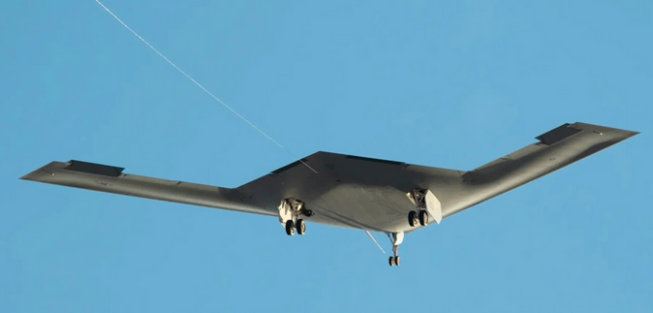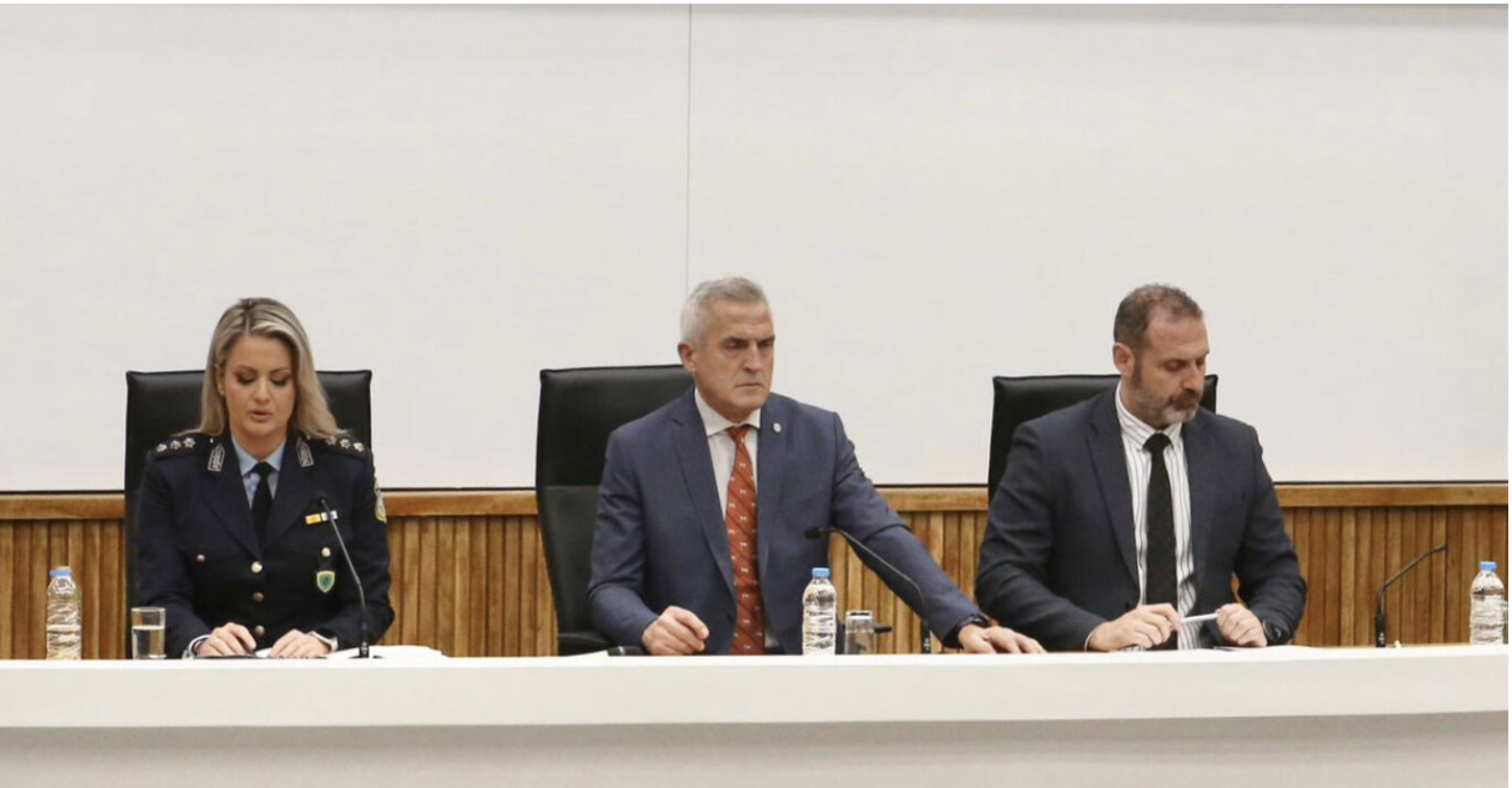The B-21’s first flight — a massive milestone for Northrop Grumman and the USAF — provides us with totally new looks at the world’s most advanced flying machine.
Here are some key takeaways from what is really the Raider’s first full unveiling.
First off, the name. Yes, It’s the B-21 Raider, but the first example of the type has a special nickname that is adorned on its gear door: Cerberus.
Cerberus is the hound of Hades that guards the gates of the underworld to prevent the dead from escaping.
So, in Greek Mythology terms, the first of the B-21s has a very dark and ominous name.
It is fitting for what is arguably among the most destructive flying machines ever created.
US credit rating changed from “stable” to “negative” as national debt balloons
Many are asking about the long wire and aerial the B-21 was towing behind it on takeoff. Its presence should not come as a surprise as it is a normal fixture for initial flight testing. It is an air data ‘trailing cone’ used to capture ‘clean’ static air measurements that are undisturbed by the aircraft. This sensor is in addition to the jet’s long flight test air data probe installed on its lower front left side. These are critical instruments for gathering precise data for the B-21’s initial flight testing activities, in addition to the myriad standard sensors that are installed conformally around the aircraft and specialized test equipment situated inside.
Continue here: The Drive
Ask me anything
Explore related questions





